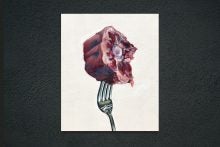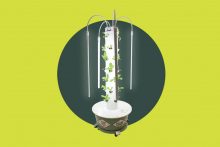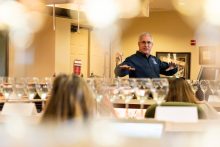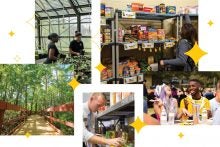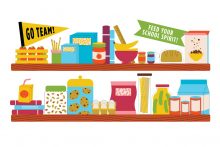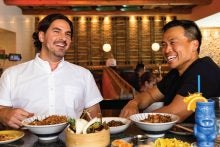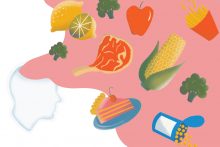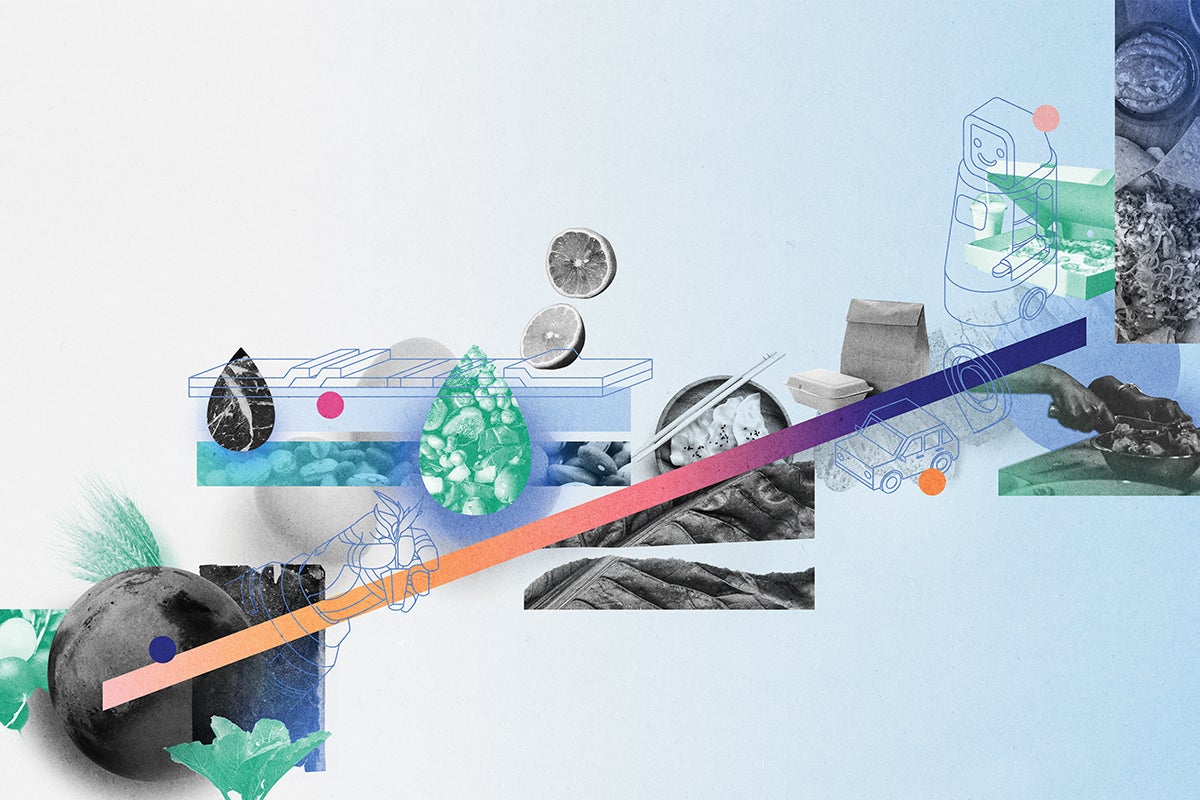
While we haven’t yet created Charlie and the Chocolate Factory’s chewing gum meal, UCF scientists, researchers, and food and beverage service aficionados are exploring innovations related to what and how we eat. From finding solutions to current and future problems to enhancing the restaurant experience, here are a few areas experts are investigating.
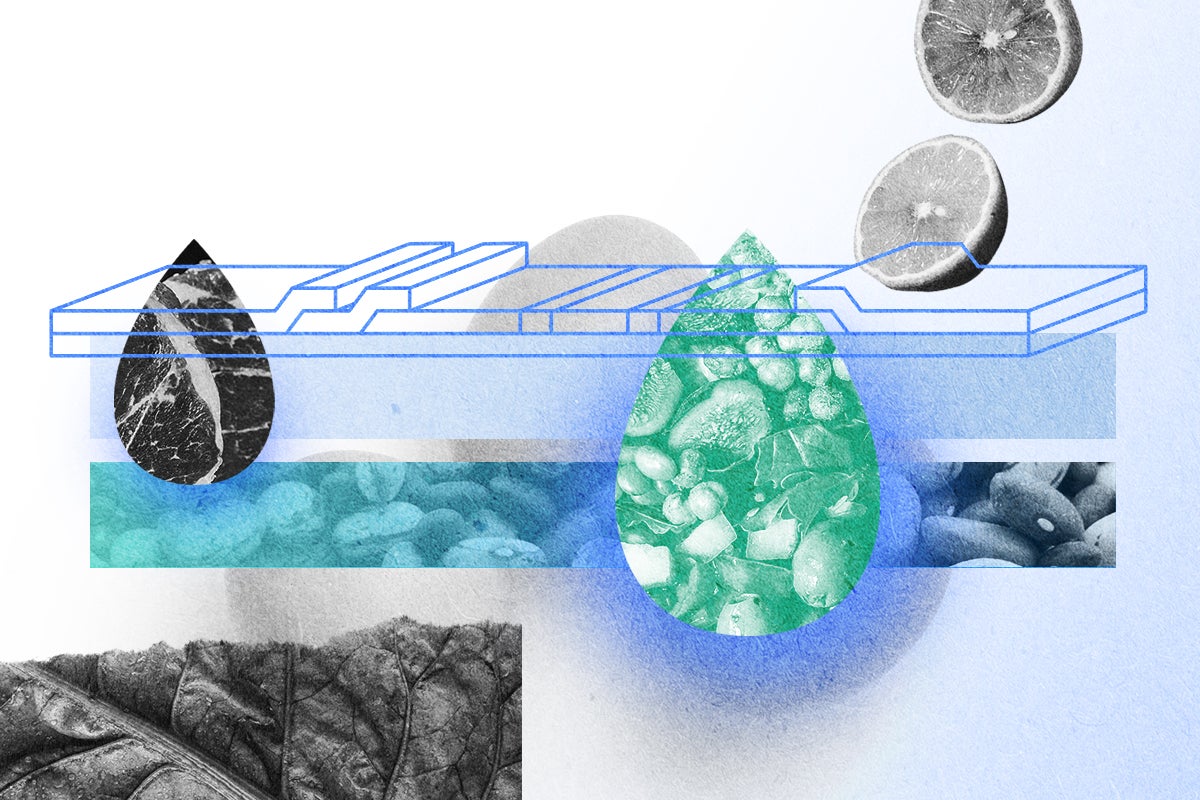
Detecting Food Fraud
From meats to grains and honey, fillers can cause people to pay more for lower quality food, violate religious restrictions on diet and pose problems for those with allergies. Current tests to detect adulterated foods that are effective are expensive and complicated, while cheaper tests aren’t as accurate. Associate Professor of Chemistry Xiaohu Xia is leading a team to develop a cost-effective strip test, similar to an at home pregnancy test, that’s more sensitive than others.
To do this, the researcher and his team will update existing detection technology, known as a colorimetric lateral flow assay, which uses gold nanoparticles to detect meat proteins. They will create a new metallic coating, made of platinum, palladium — which tests 100 times more effective than current tests — or iridium, that will go around the gold nanoparticles to increase their sensitivity. “It would be a test inspectors, as well as consumers, could use,” Xia says.
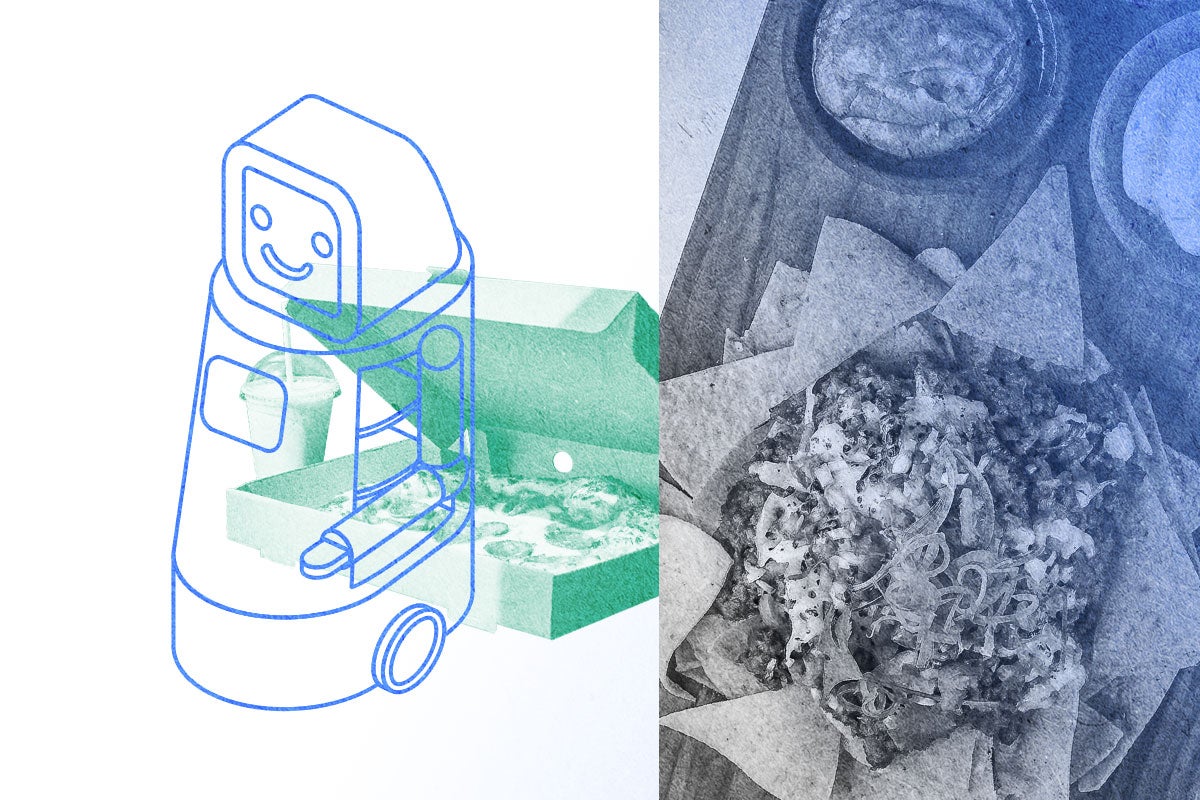
Augmenting Food Service
As everyday life becomes increasingly interwoven with technology, some restaurants are >implementing robots and artificial intelligence into food service. Rosen College of Hospitality Management Assistant Professor Arthur Huang, who has a background in engineering and tourism research, teaches a section on this topic. From chatbots and AI scanners that can provide suggestions on what to order to robots that can prepare food and cocktails and serve dishes right to your table, Huang’s lessons cover the spectrum that potential technology can play in the dining experience. He also emphasizes automating some restaurant positions to evolve current responsibilities, such as a chef who can spend more time creating and testing new dishes.
“Restaurant managers should ensure service robots have a nice image, have a positive attitude, and a sense of safety so that customers can clearly perceive their benefits and value, which has a positive influence on satisfaction and future use intentions,” Huang says.
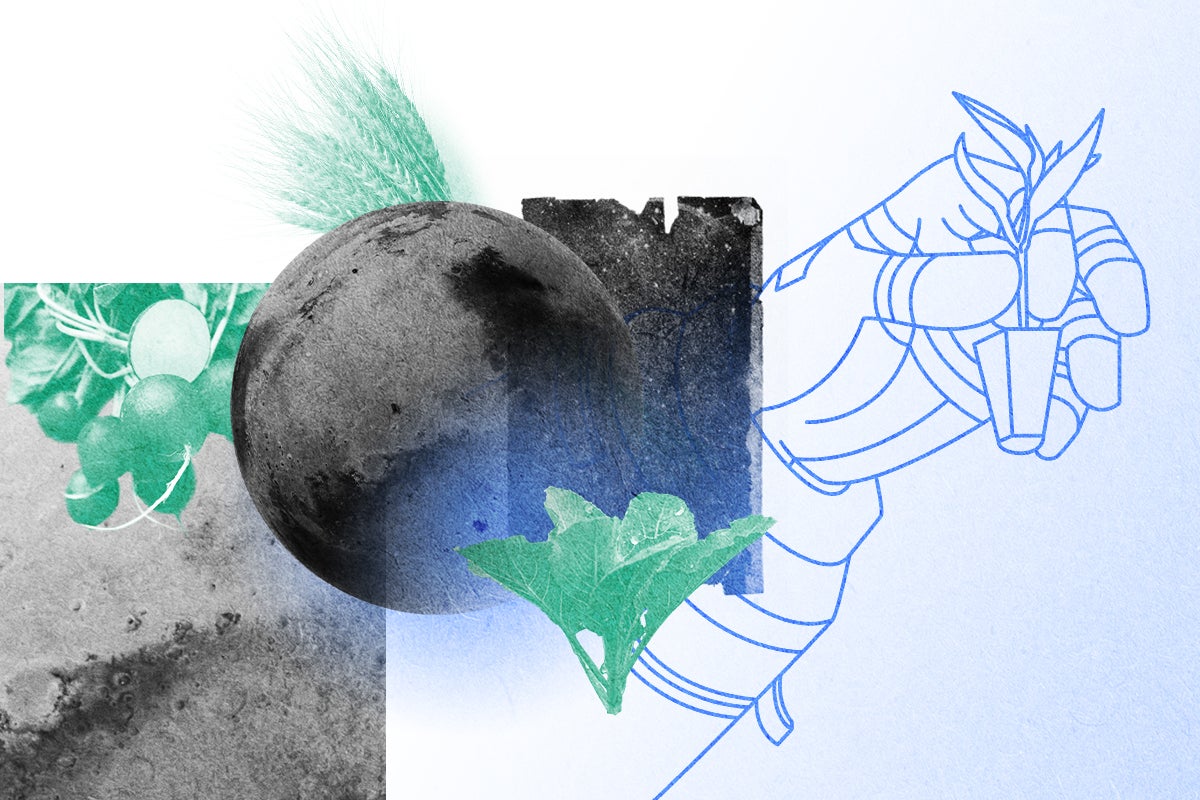
Growing Food in Space
Chemistry alum Kathleen Loftin ’89 ’00MS ’09PhD loves to grow produce, like papayas, in her home garden, but the Kennedy Space Center chief technologist is also focused on another horticulture method — farming in space. As NASA prepares for sustainable life and work in deep space, it must accelerate its research on in-situ resource utilization, which involves generating products in space with local materials. Working with crops like red lettuce, Swiss chard, radishes and snow peas, Loftin leads a team investigating how to overcome challenges such as high carbon dioxide levels and radiation to grow plants on lunar and Martian surfaces.
“Spaceflight research challenges us to learn to make optimal use of our resources — power, water, food and air — and this is completely applicable to our challenges on Earth to maintain our precious resources,” Loftin says.
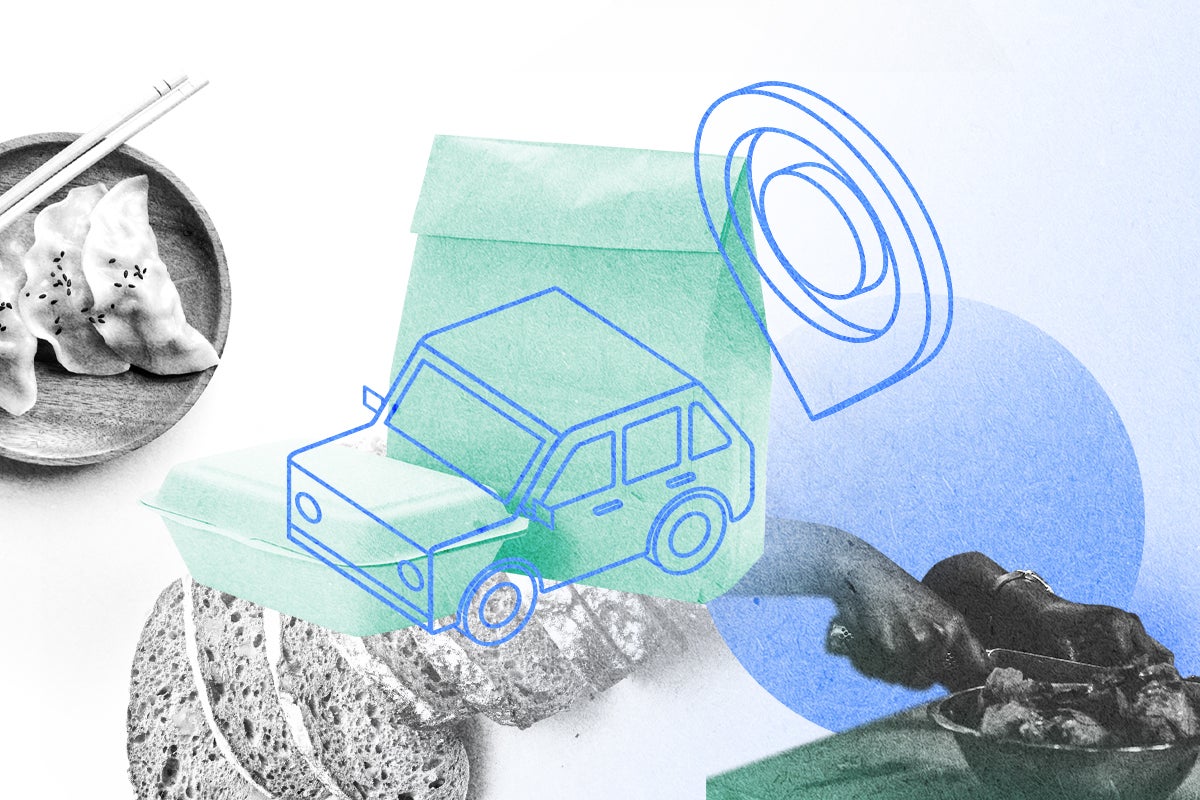
Delivering Cost-effective Food
Apps like Uber Eats and DoorDash have made delivery service even more convenient, with delivery sales estimated to rise an annual average of more than 20% to $365 billion worldwide by 2030, according to a Forbes report. Keeping up with the demand for delivery, Rosen College of Hospitality Management Professor Kevin Murphy says ghost kitchens are on the rise. The concept is a physical space without a dining area, where food is made for delivery or pickup. With customer service and dining areas accounting for about 75% of an average restaurant’s square footage, according to Murphy, ghost kitchens can help business owners cut a significant cost. Not only do ghost kitchens require less space, they also don’t need to be located in expensive retail areas, which can contribute to savings on rent. This can help restaurants gain back some of the profit they may lose using third-party delivery services, but the benefits don’t just stop there.
“If you don’t have all that retail space, you can build a much larger kitchen that you can share that with [other restaurants to support] multiple concepts, all while using the same delivery service,” Murphy says. “Ghost kitchens are also a good way for restaurants to expand their reputation by running a second delivery-based restaurant out of the same space.”
